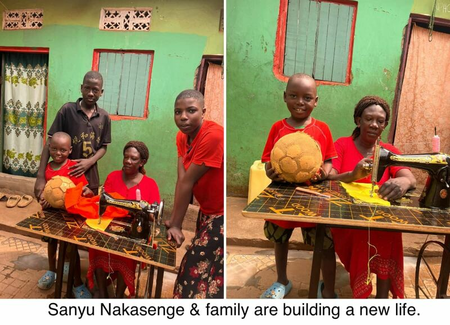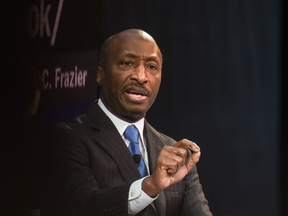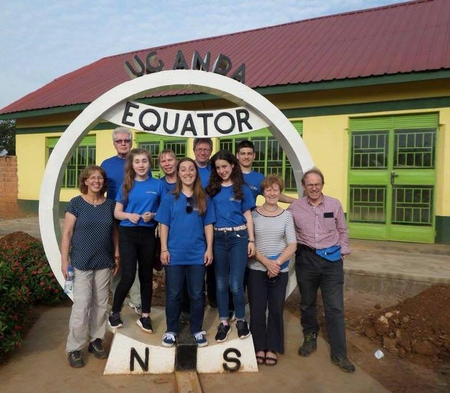OLYMPIA – Washington’s economy lost 11,100 jobs in March and the state’s preliminary seasonally adjusted monthly unemployment rate for March increased from 3.8 percent to 5.1 percent according to the Employment Security Department (ESD).
“The impacts of COVID-19 may not be fully captured in the March report and are more likely to be evident in the April Report”, said Paul Turek, economist for the department. “Although we have seen widespread closings of schools, restaurants, and theaters, these actions largely took effect starting the week of March 16th, after most workers would have been counted. As a result, even if some firms started laying off workers as early as the second week of March, many still would have worked or received pay for at least part of the payroll period including the 12th, and thus their loss of employment is not yet fully reflected in the March report.”
The Employment Security Department released the preliminary job estimates from the federal Bureau of Labor Statistics as part of its Monthly Employment Report.
The department also announced that February’s previously reported unemployment rate of 3.8 was confirmed. February’s preliminary estimated gain of 3,500 jobs was revised to a gain of 3,900 jobs.
The national unemployment rate (preliminary) rose from 3.5 percent in February 2020 to 4.4 percent in March 2020. In March 2019, the national unemployment rate (revised) was 3.8 percent.
Employment Security paid unemployment insurance benefits to 185,458 people in March.
Labor force decline is by far the largest month to month decline since 1990
The state’s labor force in March was 3,889,700 – a decrease of 72,800 people from the previous month. In the Seattle/Bellevue/Everett region, the labor force decreased by 31,900 over the same period.
From March 2019 through March 2020, the state’s labor force grew by 27,700 and the Seattle/Bellevue/Everett region decreased by 200.
The labor force is the total number of people, both employed and unemployed, over the age of 16.
From February 2020 to March 2020, the number of people who were unemployed statewide increased from 151,500 to 197,600. In the Seattle/Bellevue/Everett region, the number of people who were unemployed increased from 44,700 to 93,400 over the same period.
Five industry sectors expanded and eight contracted
Private sector employment decreased by 11,700 while the public sector increased by 600 jobs in March. This month’s report shows the largest private job growth occurred in construction up 2,500 jobs and professional & business services up 1,500 jobs. Also posting increases were information and retail trade, both up 600 jobs. The industries that posted the highest losses were leisure and hospitality down 12,300 jobs, financial activities down 1,500 jobs and, manufacturing down 1,400 jobs. Also posting losses were other services down 700 jobs, wholesale trade down 500 jobs, transportation, warehousing & utilities down 300 jobs and mining & logging and education & health services both down 100 jobs.
Year-over-year growth in payroll employment still up for now
Washington gained an estimated 64,400 jobs from March 2019 through March 2020, not seasonally adjusted. The private sector grew by 2.0 percent, up an estimated 56,400 jobs, while public sector employment rose 1.4 percent with a net gain of 8,000 jobs.
From March 2019 through March 2020, eight out of the thirteen major industries added jobs while five sectors contracted.
The three industry sectors with the largest employment gains year-over-year, not seasonally adjusted, were:
Professional & business services with 18,000 new jobs
Construction with 12,900 new jobs
Retail trade with 12,600 new jobs
The three industry sectors with the largest employment losses year-over-year, not seasonally adjusted, were:
Manufacturing down 1,600 jobs
Leisure & hospitality down 1,200 jobs
Other services down with 1,100 jobs
COVID-19 impacts
Coronavirus (COVID-19) has had impact on the March 2020 survey data. The household survey measures labor force status, including unemployment. The establishment survey measures nonfarm employment by industry. The changes in these measures reflect the effects of the coronavirus (COVID-19) and efforts to contain it. However, it should be noted that the March survey reference periods for both surveys predated many coronavirus-related business and school closures that occurred in the second half of the month.
March data from the establishment and household surveys broadly reflect some of the early effects of the coronavirus (COVID-19) pandemic on the labor market. We cannot precisely quantify the effects of the pandemic on the job market in March at this time. However, it is clear the decrease in employment and the increase in unemployment can be ascribed to effects of the illness and efforts to contain the virus.
More from US Dept. of Labor Statistics









